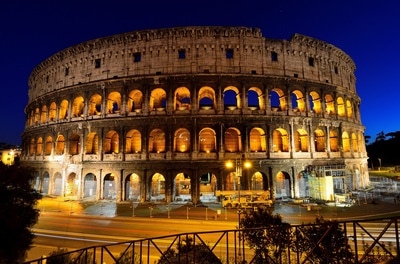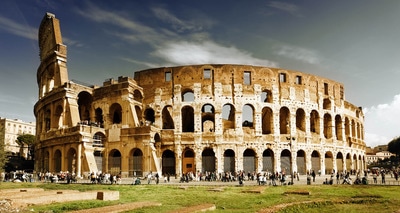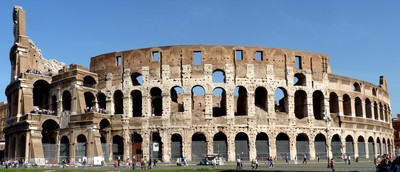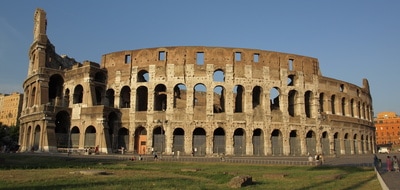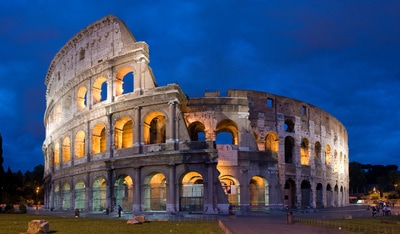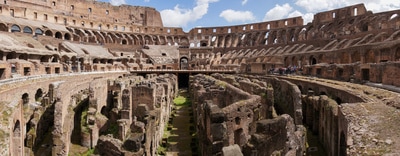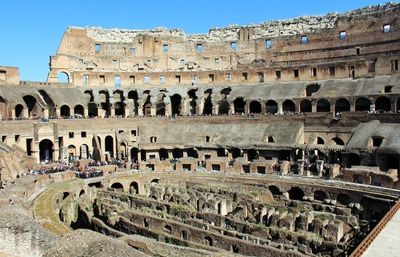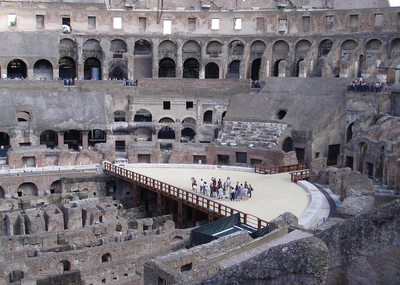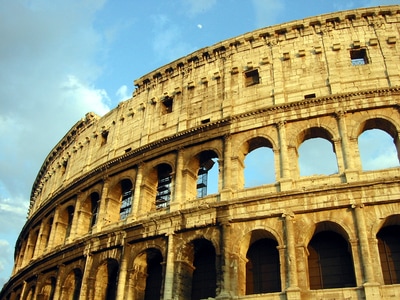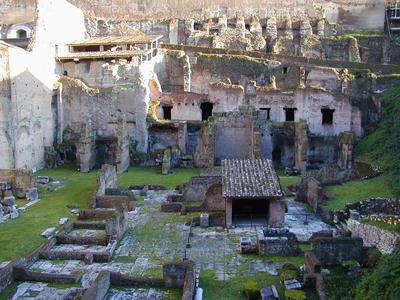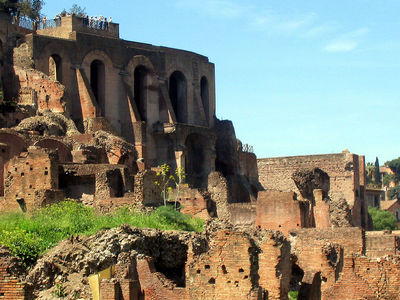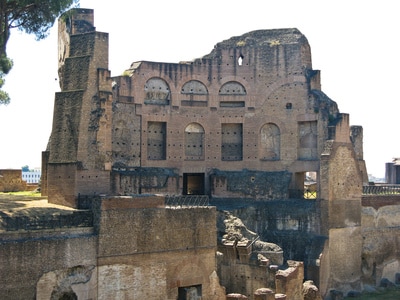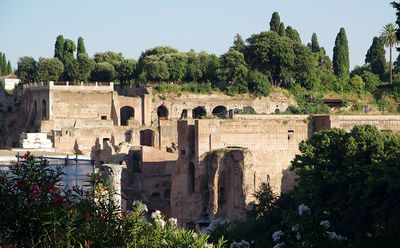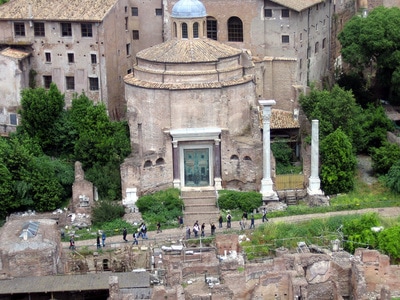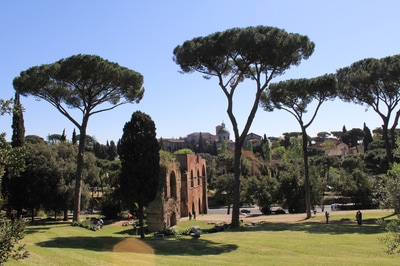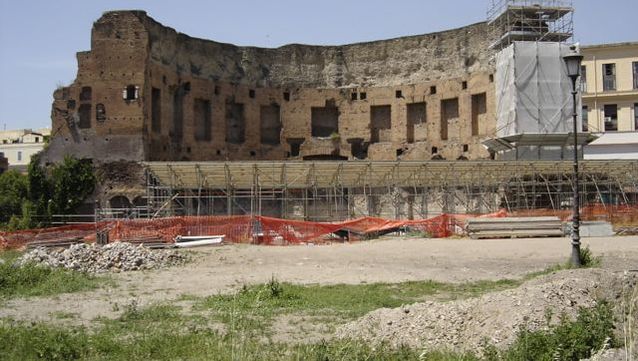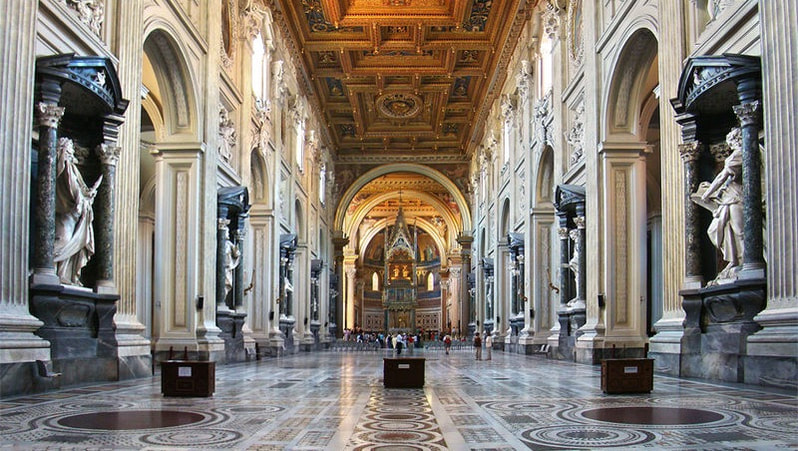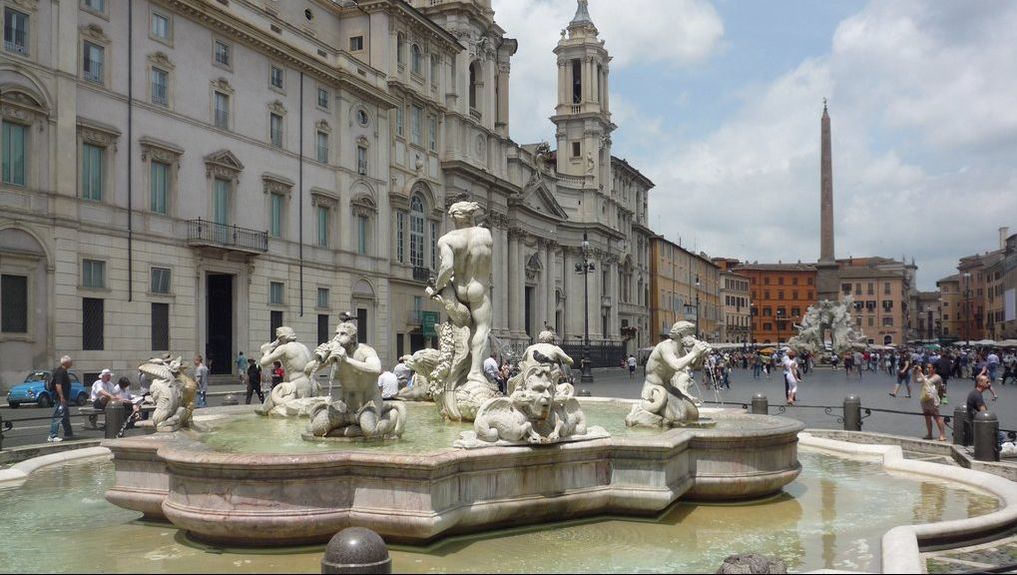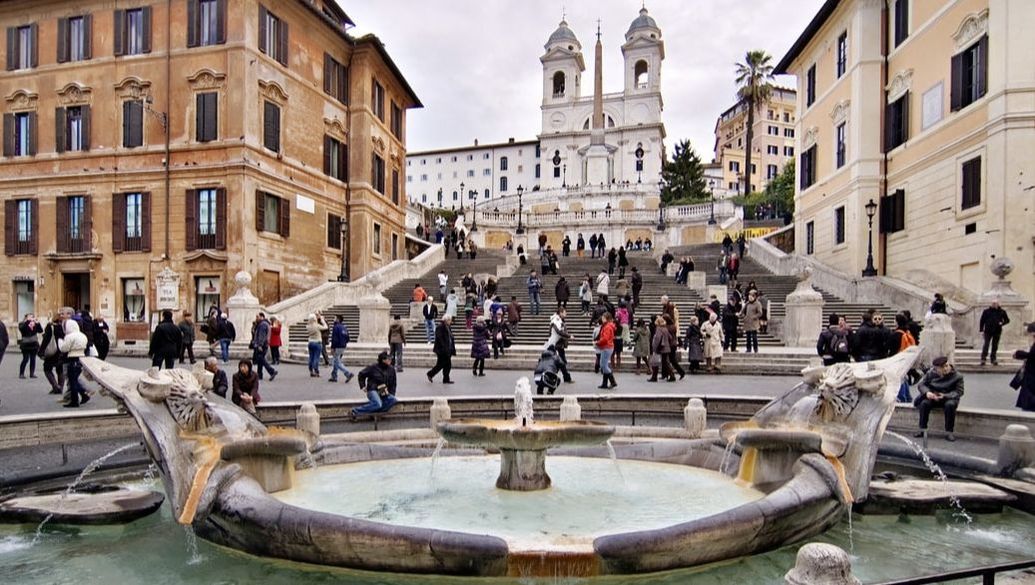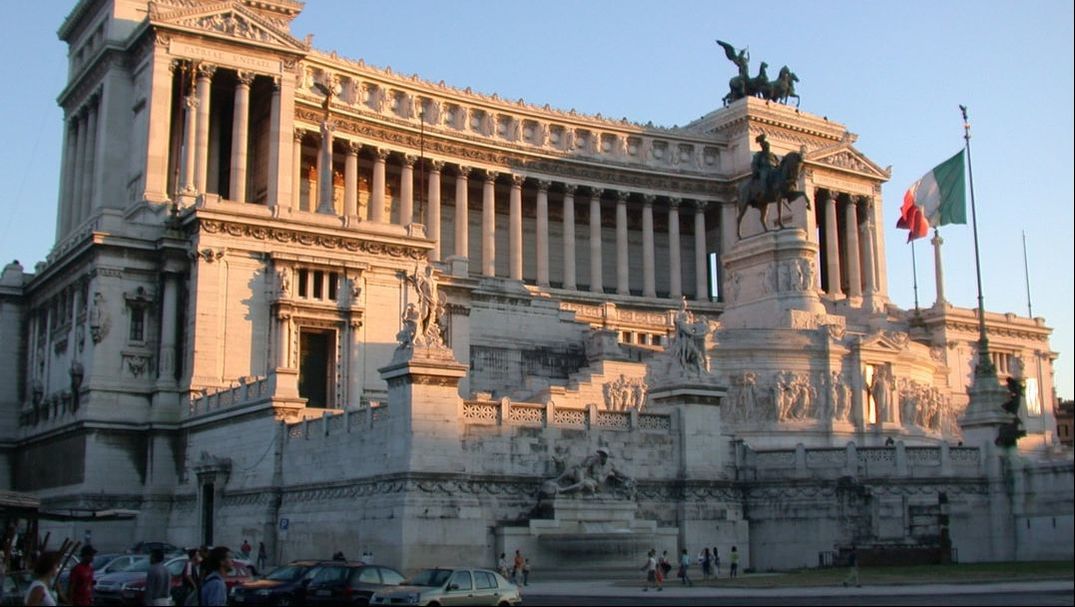Colosseum, The Palatine Hill and Roman Forum
|
The Colosseum A historic and iconic landmark visited by almost 6 million people every year, The Colosseum - also known as the Flavian Amphitheater - has become the main symbol of Rome. Visiting this 2000-year old attraction will give you a glimpse of what life was in the ancient “Eternal City”. In the ancient times, people filled this 50,000-seater amphitheater to witness the most glaring spectacles in the city. Here, Romans congregated to witness exotic animals, execution of prisoners, gladiator competitions, and recreation of battles. The Colosseum served the Roman people for more than 500 years. After the last games in the 6th Century, the Colosseum served as a church, and a fortress and sanctuary during the wars. Despite its grime-filled walls, the Colosseum remains as a commanding landmark in the Eternal City, a powerful symbol of Rome. Palatine Hill Located near the Roman Forum and the Circo Massimo, Palatine Hill is a stunning attraction endowed with seemingly endless rows of pine trees, eye-catching ruins, and panoramic views. The Palatine is Rome’s green haven. Here, you can sit back, relax, watch a couple of rabbits come and go and have a quick picnic stop with friends and family. Palatine Hill plays an important role in the most popular Roman myth - the history of Romulus and Remus. Overtime, aristocrats flocked to Palatine Hill and built sophisticated homes here. This place offers a perfect spot that shows the Colosseum, Circus Maximus and the Roman Forum in their entirety. Palatine Hill is not only a great place to take in the glorious sights of Rome; it’s an attraction that helps you understand the history of the city, too. Roman Forum Beyond the interesting rubles of the Roman Forum is a history that speaks of affluence and grandeur - this place was once an important structure in Rome, the center of art, politics and economics in the city. In the ancient days, the Roman Forum was home to magnificent temples, basilicas and colorful public spaces. What once was an Etruscan burial ground developed rapidly into Rome’s political, social and commercial hub. Some of its most notable attractions include The Curia, Casa delle Vestali and the Arco de Settimio Severo. TIPS
|
|



